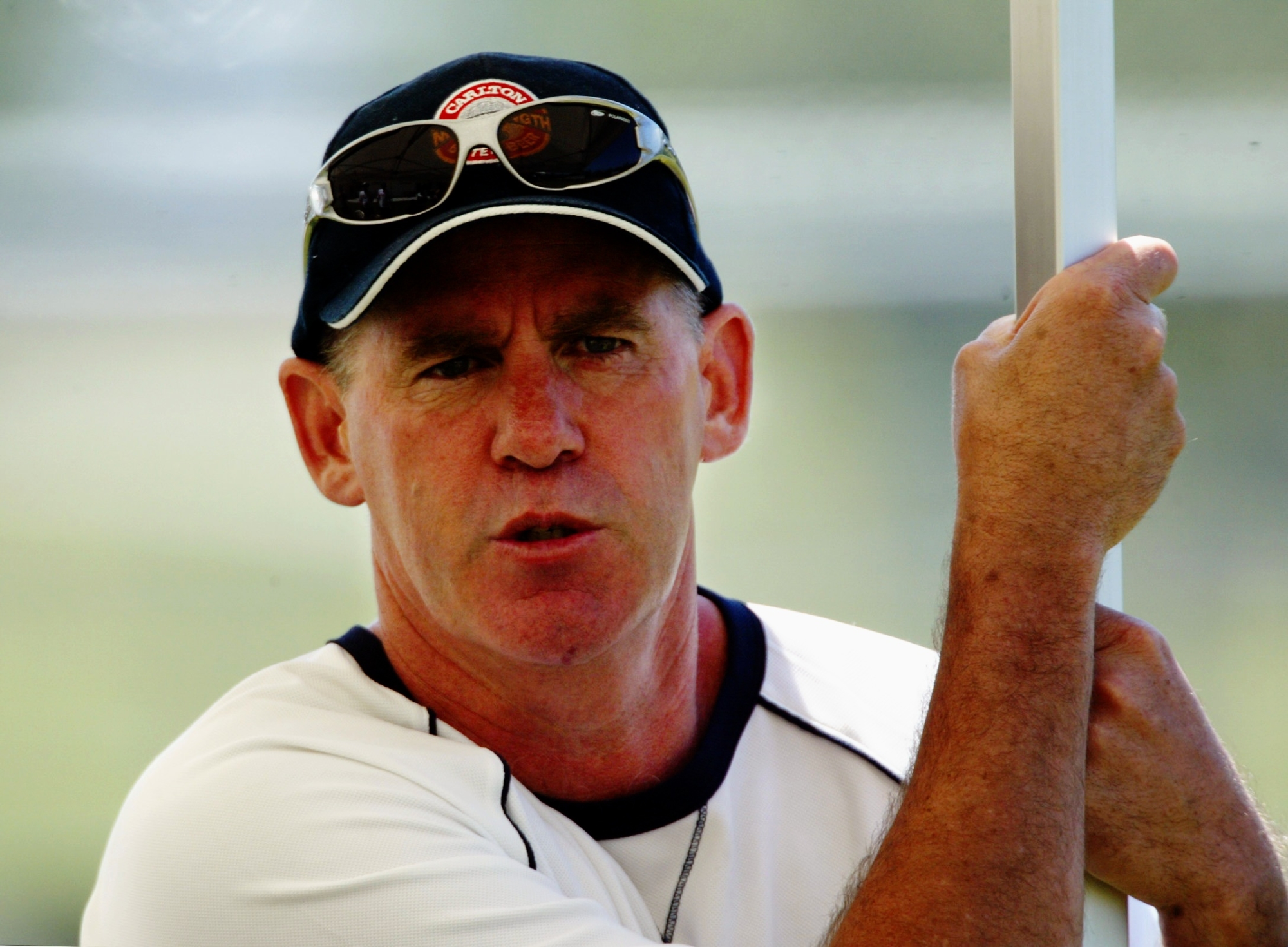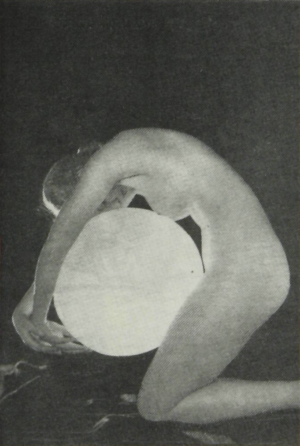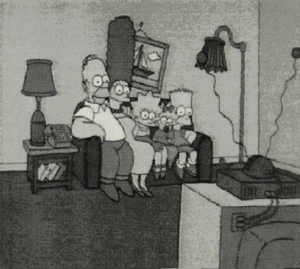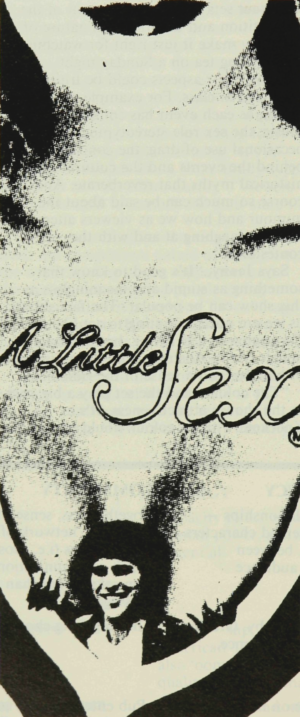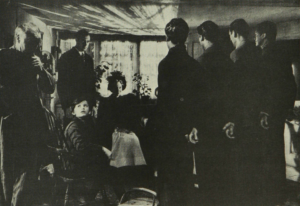Background
On Sunday 18 January 2004, David Hookes, the Victorian cricket coach, former Australian batsman and popular media commentator was viciously assaulted outside a St Kilda pub. Eyewitness accounts of this event suggested that after a series of verbal confrontations between Hookes and a hotel security officer at the pub, the officer had followed Hookes up a neighbouring street. As he neared his parked car, a punch thrown by the security guard knocked Hookes to the ground. Tragically, Hookes fell to the road on his head, causing massive head injuries. It is believed he suffered a major heart attack while unconscious. The forty-eight-year-old Hookes died in hospital the next day after life support systems were shut off.
The resultant level of media coverage of this event was overwhelming over the next week. In Melbourne, front-page banner leads in both the tabloid and broadsheet daily newspapers were accompanied by leading bulletins on both radio and television broadcasts. At the same time the news drew reactions from all around the country, including those from the Prime Minister John Howard and the State Premier of his adopted state, Victoria, as well as from his native South Australia. In addition to this there were well-publicized reactions of shock from sporting figures outside of cricket (US tennis star Andre Agassi, and prominent South African golfer Ernie Els) as well as media celebrities. Indeed, this event was widely reported in all other cricket-playing nations around the world.
This paper wishes to raise a number of important questions that arise from the predominately Melbourne media coverage of this sad event. Attention needs to be focused not only on the news priority afforded to the story, but more pointedly on some of the ethical issues relating to journalism as well as the day-to-day working conventions and practices of mainstream media.
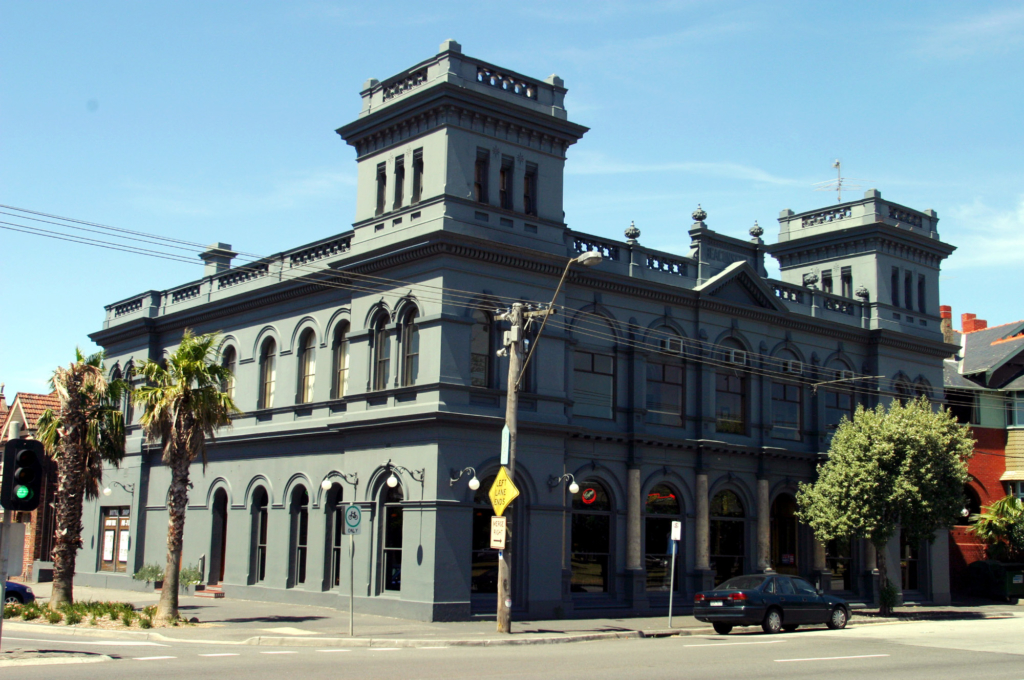
Negative News – Negative Stories: The Cult of Personality
While it is now a very old adage, it is still primarily true that ‘bad’ news is good news for media organizations. Circulation figures and ratings tend to soar when there are disasters of any description to report. Day-to-day newscasts are often characterized by one bad news story after another. There is an old and well-understood media convention that the following event, for example, quite obviously constitutes legitimate news: ‘Passenger Airline Scare After Emergency Landing.’ Yet it is impossible to even conceive the news worthiness of a story where: ‘Passenger Airline Takes Off Without Incident.’
The story about the death of David Hookes had a great deal of media currency beyond the initial shock value. It was a story about the untimely death of a celebrity, a minor one to be sure, but one who had a great deal of purchase in a sports-loving community. The central figure, after all, was the current state cricket coach and former Australian test cricketer who was now also a prominent opinionated radio commentator and controversial identity.
For the first two days, the sheer force of this story took a major international bad news story off the front pages. Specifically, this was the ongoing revelation that US, UK and Australian Intelligence organizations had allegedly furnished their respective governments with questionable assessments of the situation in Iraq prior to the March 2003 invasion of that country. The stories of these allegations were now displaced in their positioning and prominence within TV and radio news bulletins, as well as in the major daily publications. This displacement was undoubtedly a relief to some, who often complain of the current bleakness on the international stage following the September 11 terrorist attacks against the US. Yet in an important sense, one bleak international story was now simply replaced by another local one.
In addition to and compounding this was that there was a great deal of complexity involved in coming to terms with the detailed revelations about intelligence agencies and their operations in analysing the circumstances in Iraq. The latest reports were certainly not easy to immediately comprehend and digest. As competitive business operations, media organizations must always be conscious of their audience’s needs. This includes the electronic and print media’s understanding of what their audience members’ capacity is to absorb and maintain interest in complex information. While the news of Hookes’ death was also entirely negative, it was at least manageable and straightforward to comprehend. It was a local bad news story that had all the essential elements of a classic tragedy.
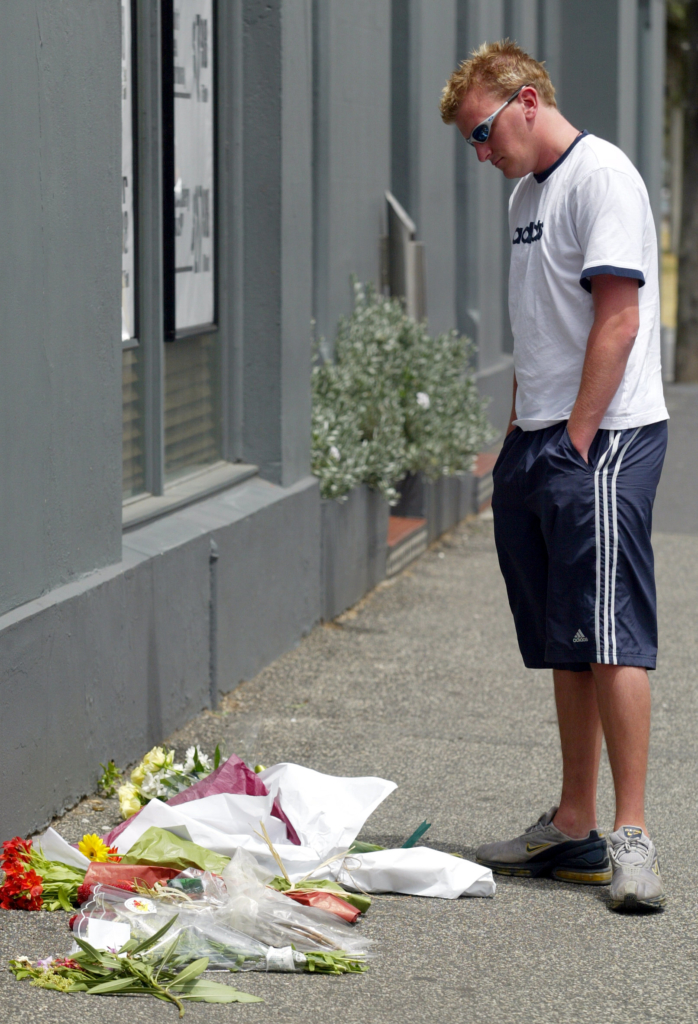
Spin Offs from the Story
An immediate spin off of this story was framed a day after Hookes’ death was announced. This was that there were now widespread demands that the relevant hospitality industry authorities needed to look into the practices, as well as the hiring and training procedures, in their selection of security guards. It was pointed out in a number of media reports that similar events had occurred in and around other Melbourne pubs in recent times. Indeed, it was made very clear that the accused guard in question had been involved in another brawl outside an Essendon pub three months earlier. The contentious way in which this was reported will be discussed later.
Another spin off to the story which came a week after Hookes’ death was the push to further publicize the need for more live organ donors. We learned that Hookes himself had not only felt strongly about donating his organs, but had instructed his family to proceed with this in the event of his death.
At the time of his death Hookes was a valued media personality largely because he was a most outspoken individual. He could often be relied upon for some choice politically incorrect quotes, whether he was on air or whether being interviewed by other sections of the media. He was publicly rebuked by other media outlets, such as The Age and the ABC as well as by Victorian Premier Steve Bracks, when he dismissed sexual allegations made by a South African woman against Shane Warne by referring to her as a ‘hairy backed sheila’. He also offended many when he warned the Melbourne Football Club to be very cautious of financial aid being offered by Rabbi Joseph Gutnick with the line ‘beware of Jews bearing gifts’.
His reputation as a controversial media commentator made him, at the same time, an esteemed member of the highly rated 3AW radio team, which understood that there was always a positive in having a credible sporting figure, who was also a bit of a larrikin, on board.
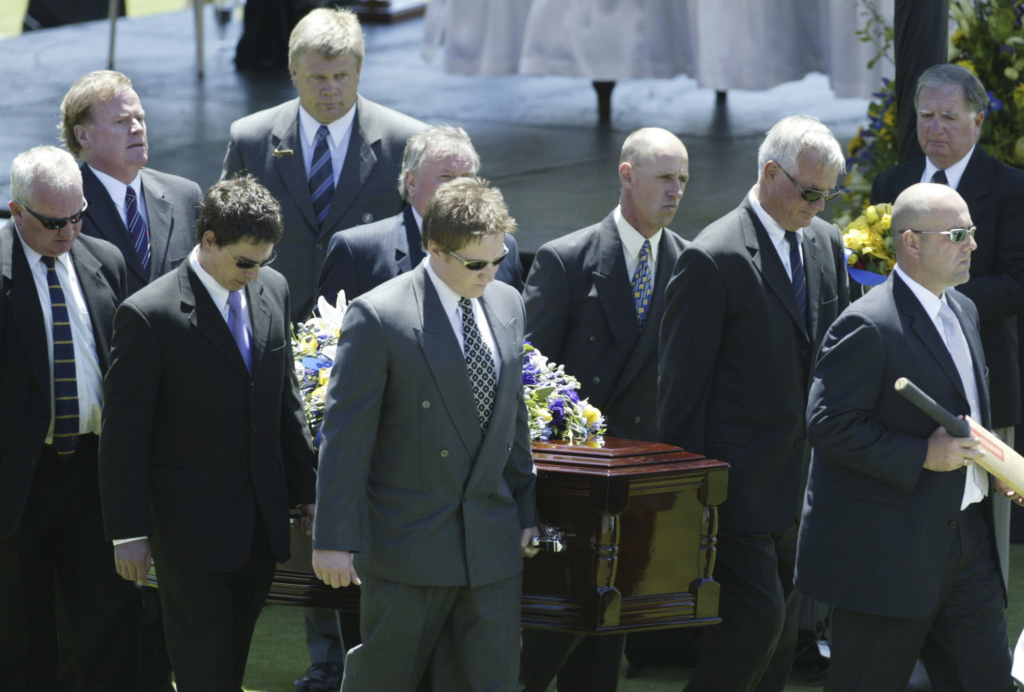
Televised Coverage of the Funeral on the Nine Network
The extent of the immediate media coverage of Hookes’ death as well as the nationally televised funeral to be held in Adelaide (hosted by Eddie McGuire and Neil Mitchell) had everything to do with the cult of celebrity in a society where the adulation for sporting heroes and media personalities is overwhelming. There are not too many Australians from any walk of life who have ever received nationally televised funerals, so the decision to proceed with this bears scrutiny.
The decision by the Nine Network to nationally televise the funeral needs to be understood in the historical context of a very particular relationship between that television network and David Hookes. Hookes had been part of the original 1977 breakaway group of top Australian test cricketers who helped formed Kerry Packer’s World Series Cricket team. This had famously enabled the Nine Network to secure exclusive TV rights to all first class cricket away from the ABC. The Nine Network still to this day has the exclusive and highly valued TV rights to Australian cricket matches. Hookes had also been an occasional Channel Nine television commentator, associated famously (after a glorious test innings) with ex-England cricket captain Tony Greig. These two were now often co-commentators, and while their ongoing ‘aggro’ on air may well have been staged, it made for compelling viewing during long hot summer days.
The direct three-hour telecast of the memorial service to David Hookes was beamed live across the nation from the Adelaide Oval. Highlights of the service were replayed on every other TV network that night. This was the biggest story of the year thus far and all major print and electronic media organizations were keeping their audiences fully informed. So great was the national interest that immediately after the service, arrangements were actually put in place to hold a second nationally televised memorial service the following week, this time at the biggest sporting arena in Australia – the Melbourne Cricket Ground. Thankfully this grandiose idea was later reappraised and finally shelved, apparently at the behest of Hookes’ family.
This blanket media coverage of the death and funeral of David Hookes says a great deal about the way in which media organizations both reflect and shape Australian cultural values. The priorities afforded by media organizations to both sporting events and personalities within very selected, privileged domains highlight the almost religious status of sport in our society as well as the inherent values that it promotes.
Media Practices and Conventions
There were particular aspects of the reporting of this story that need further deliberation. A great deal of attention was immediately placed on the exact circumstances surrounding the way in which Hookes was assaulted outside the St Kilda pub in a public street. Various eyewitness accounts were published in detail and these were generally consistent.
The identity of the security guard was of course made public from the outset, and by itself there was nothing untoward about this. Yet most strikingly, in AAP reports as well as those of respected Fairfax news publication The Age, the very questionable decision was made to publish the detailed home address of the accused, including both the street name as well as the Melbourne suburb.
Important questions arise out of this particular aspect of the media coverage. The decision to publish both the street and suburb address of the accused was done with the knowledge that there was already a marked degree of public anger attached to Hookes’ untimely death. There were numerous reports that the windows of the St Kilda pub where Hookes had been drinking had been broken and threatening notes were attached to the bricks that were thrown through them. This anger was of course aimed at the pub owners who had hired the security guard, but more obviously indicated that there was pointed hostility directed towards the security officer himself.
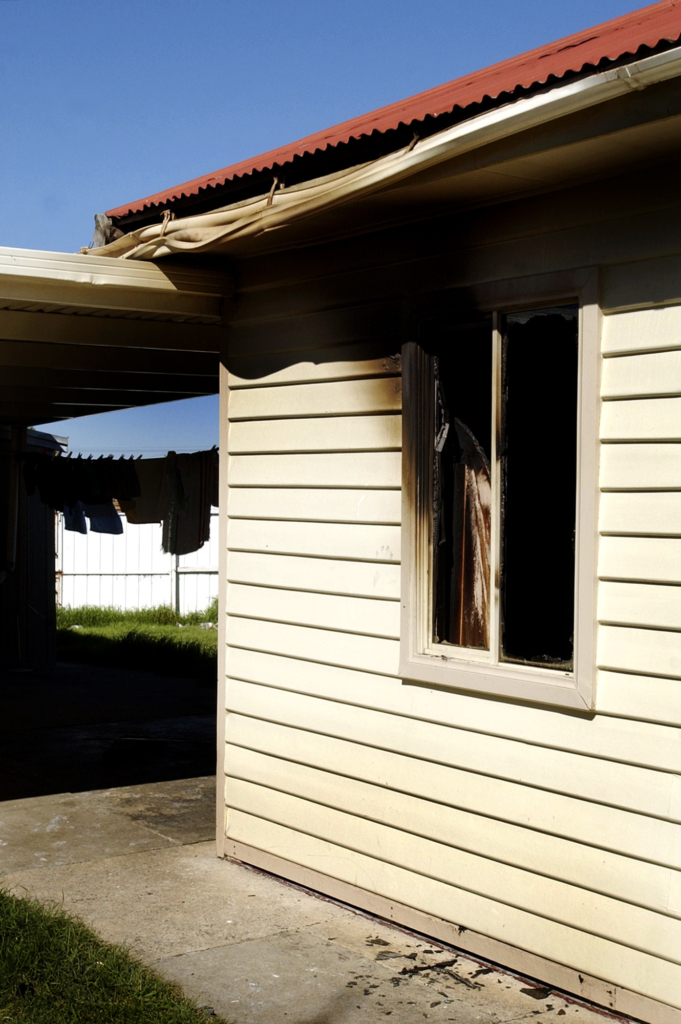
The Coverage by The Age
The fact that The Age reported the home address of the accused subsequently came to the attention of unnamed individuals and/or groups who wanted some form of vengeance for Hookes’ death. It was not a total surprise therefore, that on 2 March a fire severely damaged the family home of the accused while all of the occupants were away. All family members had in fact left the premises a few weeks earlier after reporting constant harassment from both irate Hookes supporters as well as members of the media who were very keen to get follow-ups to the original story. Police officers who attended the scene publicly declared that they believed the fire was deliberately lit. The fact that the house in which the accused lived was stalked and eventually torched is arguably the reason why it should never have been identified by a major and respected media organization in the first place.
The decision to publish the detailed address of the accused was defended by an Age journalist to whom I spoke, on the grounds that it was standard practice in media circles and that AAP reports had also printed the address. The justification and rationale given was that it prevented confusion and possible retaliation against people with the same surname who lived in the same suburb and were not accused of the crime. The fact that the publication of the address of the accused might lead to hate mail, death threats and the activation of vigilante groups was not directly commented upon.
A number of key questions need to be asked of The Age on this issue. Is it seriously being argued that The Age acted in the public interest when they published the detailed address of the accused? There were only three listings in the Melbourne telephone directory with the accused’s surname (Micevic). While all three lived in the same suburb, none lived in the same street as the accused. Indeed there was no listing for any Micevic in the street name published by The Age. Furthermore, none of the three listings had the same first name (Zdravco) initial.
It could be argued that in reporting the story in they way in which they did, The Age were guilty of a form of ‘Trial by Media’. Focusing undue attention on the accused had very natural consequences. This meant that there was a form of media feeding frenzy to get more reports, photos and possible interviews of those closely associated with the accused. When mainstream media indulge in the practice of ‘Trial by Media’ – something to which more populist sections of the electronic media are predisposed – serious ethical considerations come into sharp focus.
What happens in these cases to the cherished notion of the presumption of innocence? What are the chances of an accused ever being able to receive a fair trial in circumstances where the reporting of an event actually effects future developments? The media in these cases don’t just report the news; they start to shape the news by influencing the outcomes of the events that they cover.
Trial by Media
I now turn to the charge of ‘Trial by Media’. If a long-standing legal convention states that ‘everyone is entitled to due process’ and is ‘presumed innocent until proven guilty beyond reasonable doubt’, what role should the media take in reporting criminal events? It could reasonably be argued that the approach of The Age had the perhaps unintended effect of inciting further violence. Additionally, there were aspects of their coverage that cast some doubt on the proposition that the accused was innocent until proven guilty. There was, after all, another side to this tragic story. Ever since the original Lindy Chamberlain trial of 1980, various sections of the Australian media have taken on the role of judge, jury and executioner. They have not just reported the news, but shaped the news, and indeed become part of the news. More and more tabloid sections of the commercial media have sought to become public players and partisan activists in the stories that they cover.
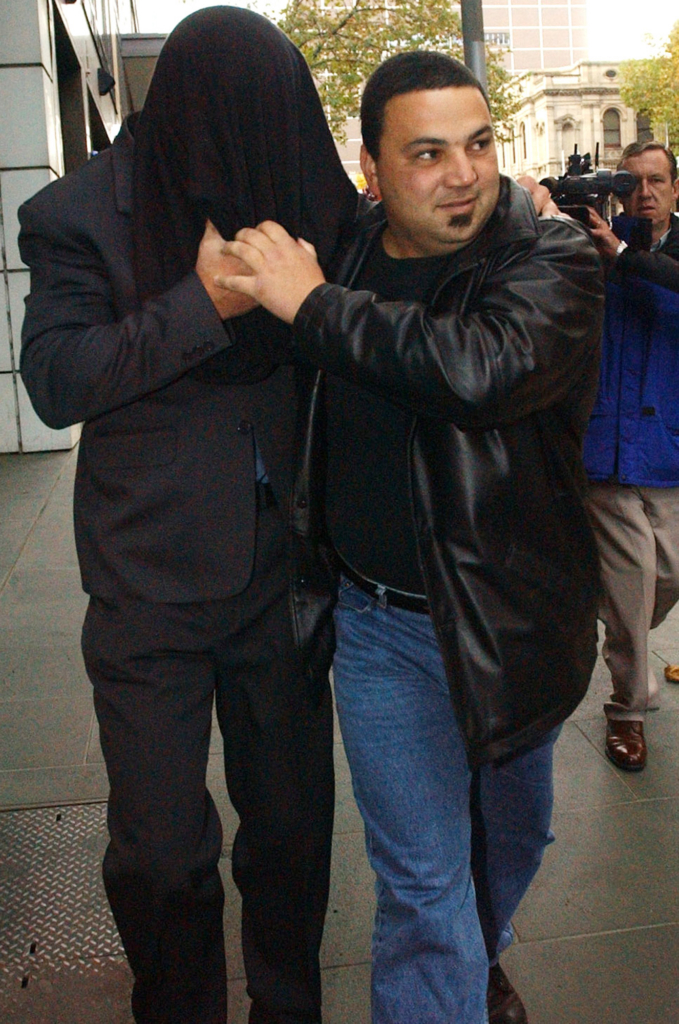
The Coverage by Channel Seven News: Trial by Media
The contentious aspect of the media coverage of this case immediately following Hookes’ death now can be brought to light. In this instance the Channel Seven Evening News bulletins went beyond others in repeatedly referring to the past criminal record of the person accused of David Hookes’ death. In what could easily be argued as a case of contempt of court, Channel Seven News revealed the earlier assault charge. This blatant ‘guilt by association’ tactic in turn led to an official press release from the Victorian Director of Public Prosecutions, Paul Coghlan. He warned media outlets not to go too far in reporting details of the incident that led to the death of Hookes. The warning clearly came from a legal professional concerned about the accused being able to receive a fair trial.
Unfortunately there is now an ongoing tradition in Australia where many tabloid media outlets have no real concern for due legal process when covering sensitive issues such as these. Many current affairs programs have taken it upon themselves to prejudge criminal cases and justify this by claiming they are acting in the public interest. There are obvious questions about whether the greater public interest was really being served by Channel Seven News in following this particular path.
The problem with this kind of media coverage by Channel Seven is that it serves to undermine due legal process rather than enhancing it. These everyday media conventions and practices also work with the clear assumption of the commercial imperative, as sensationalizing such an emotive story is a sure winner in the ever-present ratings/circulation wars.
The Journalists’ Code of Ethics
The MEAA Code of Practice is the only substantive set of industry guidelines that exist to outline that which constitutes ethical behavior in reporting and gathering news. The MEAA is itself the professional association that embraces the industry Code of Practice. Specifically the Code states in Point One that journalists should ‘Report and interpret honestly. Do not suppress relevant available facts or give distorting emphasis. Do your utmost to give a fair opportunity for reply’ (my emphasis).This Code signifies an understanding that ‘Trial by Media’ is never to be encouraged. It signifies that there are pitfalls when the media assume the role of prosecutor, judge, jury and executioner. It signifies that to assume guilt before due process is in fact a travesty of justice.
A strong case can be made that at crucial times both The Age and Channel Seven reported the death of David Hookes without due consideration of this most basic Code of Ethics.
The Derryn Hinch Factor
There was a final twist to the media coverage of David Hookes’ death that deserves special attention. This was the role played by Hookes’ fellow 3AW announcer and colleague, the redoubtable Derryn Hinch. Before analysing his contribution to the story, however, a little background is required.
In previous stints on commercial radio as well as on his own Channel Ten current affairs show (simply known as Hinch), this seasoned campaigner was often dubbed the ‘Human Headline’. His reputation was forged among other things by (1) his vigorous campaigns to ‘out’ drink drivers; (2) his ongoing and bitter complaints about the leniency of presiding magistrates and judges in handing down sentences; (3) in naming suspected pedophiles; and (4) in deliberately flouting the now antiquated election news blackouts on electronic media forty-eight hours prior to voting day.
Hinch has never been shy of projecting himself as an investigative reporter in the finest traditions of journalism. His stated aim during his television career was to provide as much evidence as necessary to lock up as many crooks and shysters as possible. Indeed he publicly boasted that he and rival TV host Michael Willessee (on Channel Nine’s A Current Affair) were competing to see who could put the most undesirables away in any given period of time.
Beyond these grandiose claims, however, came the often repeated line that Hinch had the courage to speak the full truth and say what others simply would not say, for whatever reason. He has indeed taken himself to be a ‘watchdog’ on behalf of his viewing public. This is in line with the general observation that many key TV anchors and radio announcers often take on the self-appointed role of protecting citizens’ right to the truth. In doing so they collectively argue that they always serve the public interest.
The particular issue in the coverage of David Hookes’ death that Hinch took exception to, was the seemingly uniform way in which all other media sources failed to tell the full truth about Hookes’ marital circumstances. Specifically during the nationally televised memorial service, repeated references were made about Hookes’ wife and children being in attendance. Hinch publicly broadcasted that these reports failed to mention that Hookes had separated from his wife and was now involved in another relationship. This, Hinch argued, painted the picture of a happy family man now being buried by his grief stricken family, while no mention was being made of another grieving woman.
To Hinch this was a travesty of the journalist’s profession, and no excuse could be mounted for pussyfooting reportage which failed to give a full, honest and truthful account of the circumstances surrounding all of those who were now grieving. This stance was understandably not well-received by the management and fellow reporters at 3AW, who saw Hinch’s stance as lacking any loyalty to a deceased colleague.
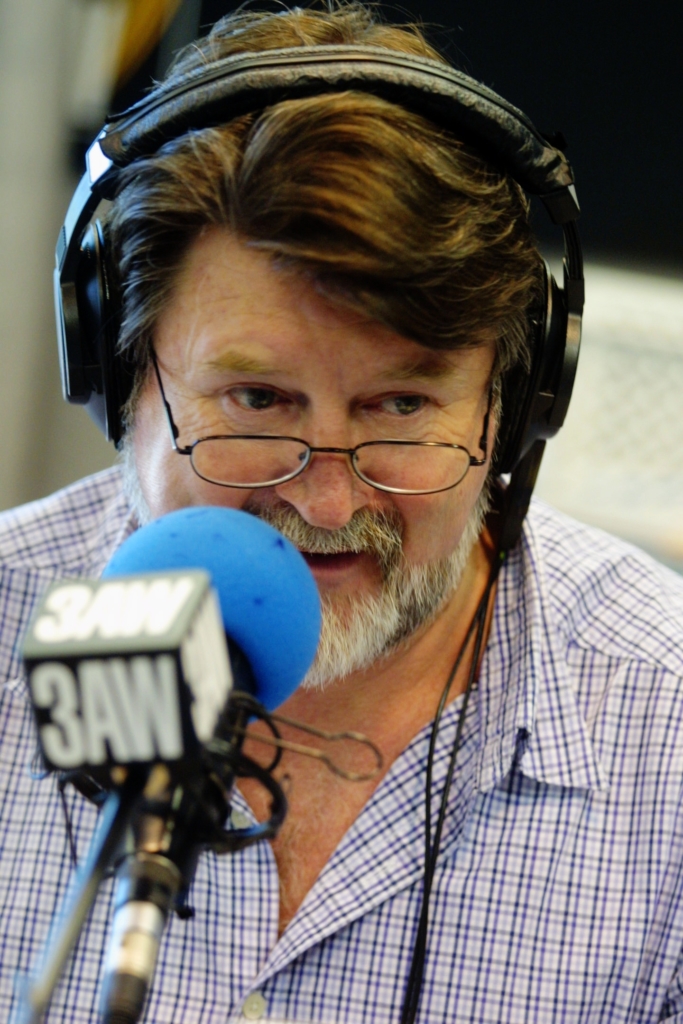
The Case Against Hinch
There are far more important arguments that can be made in a critique of Hinch’s mission. First and foremost it can be argued that what Hinch was now revealing on air was an unnecessary intrusion into Hookes’ private life. Every figure – even every public figure – must have a semblance of the right to privacy. Code No. 11 of the MEAA Code of Practice states that journalists should ‘ … respect private grief and personal privacy. Journalists have the right to resist compulsion to intrude’.
If, during his lifetime, Hookes had been a most pious churchgoer and had always been known for espousing traditional family values and the importance of monogamy, there would be a strong case to expose this hypocrisy if clear evidence of marital indiscretions were provided. Yet Hookes was never known as anything other than a cricketer and sports commentator.
If, in the bigger picture, members of the Australian general public have a basic understanding that one marriage in three founders at some stage, then the particular circumstances surrounding the marital status of Hookes and his wife would not have been at all significant.
Secondly, a case could be made that the revelation by Hinch was going to be most painful to Hookes’ immediate family, who were in any case going through a traumatic time. Those who have not been in similar circumstances can only imagine the pain associated with burying a healthy and vital forty-eight-year-old man cut down so unnecessarily. To have to put up with a public ‘outing’ of the deceased’s marital circumstances was surely to have salt rubbed into a very fresh wound.
Clearly Hinch felt that the general public deserved to be told the whole truth, and if this further added to the grief of those already grief stricken, then so be it. Moral crusaders, especially self-appointed ones, don’t spend too much time thinking of the full consequences of their crusades. After all, they have strict deadlines and schedules to keep, as well as the job of keeping the flow of information continuous.
Ultimately, it can be concluded that revealing Hookes’ marital circumstances may not have been in the public interest in any case. The public interest is what the public have a right to; additionally it is what they need to know. Full and detailed knowledge of Hookes’ marital circumstances was not essential in the coverage of his death.
It has become increasingly clear that the almost complete blurring of the lines between the public and private self is very much part of modern media agendas. From the telltale chat shows of Oprah, Donahue, Ricki and Jerry to the vagaries of Reality TV and infotainment programs, modern media practices are continually breaking down the vestiges of personal privacy that were considered vital to a civilized society.
The sad circumstances of David Hookes’ death unfortunately provided a pretence for a media crusader to act in terms of what he understood was a mission. As Derryn Hinch told the full truth and set the record straight, a miserable and tragic story was made more traumatic for those directly involved in it. That the rest of us have the record straight, and that this somehow serves the public interest, is an incredibly hollow and meaningless point.
Conclusion
The media coverage of the death of David Hookes has raised a number of intriguing issues. Serious ethical concerns arise when the familiar everyday practices and conventions of major media outlets operate to produce both the news and commentaries about it. The specific performances of The Age, Channels Nine and Seven, and Derryn Hinch that are discussed in this paper say a great deal about the prioritization of the news, the invasion of privacy which blurs the distinction between the private and public sense of self, and the thorny issues revolving around the phenomenon known as Trial by Media. While media organizations need to look at their own values and practices, we who make up their audiences need to reflect very carefully on the nature of the information we receive.
